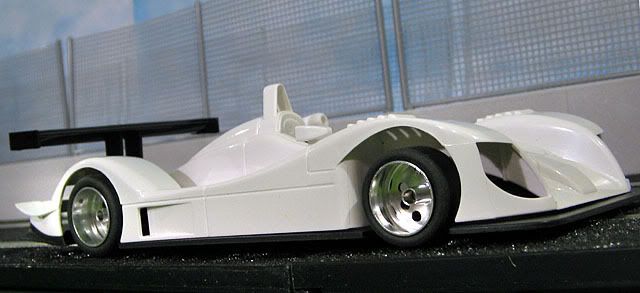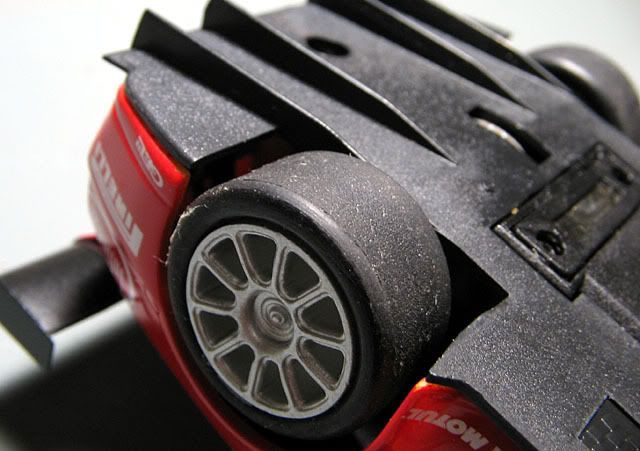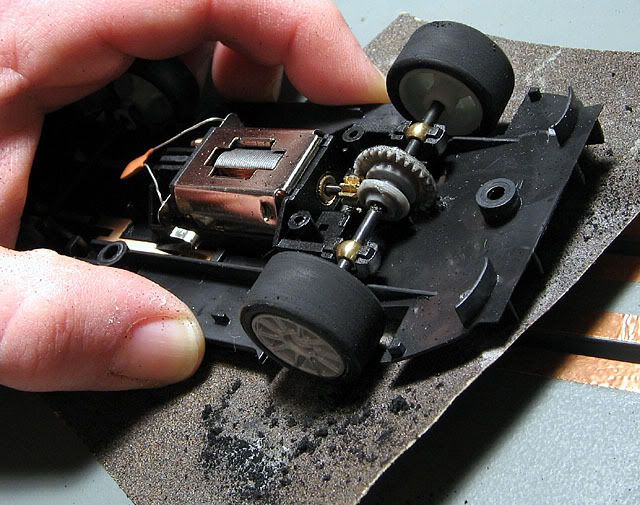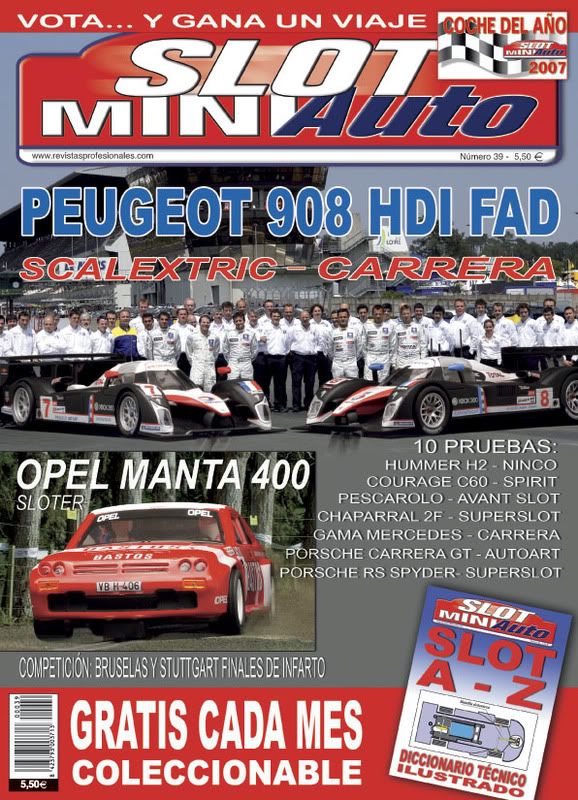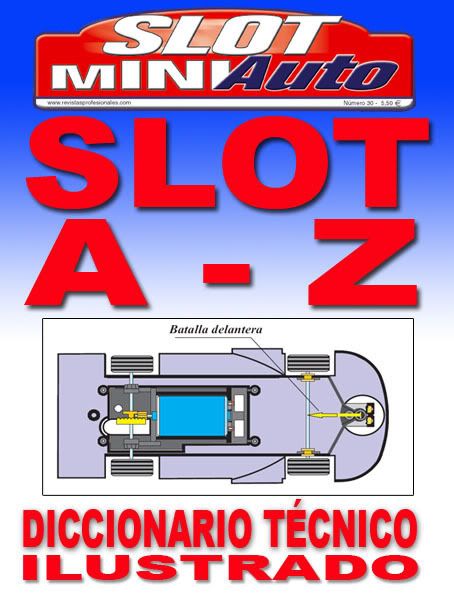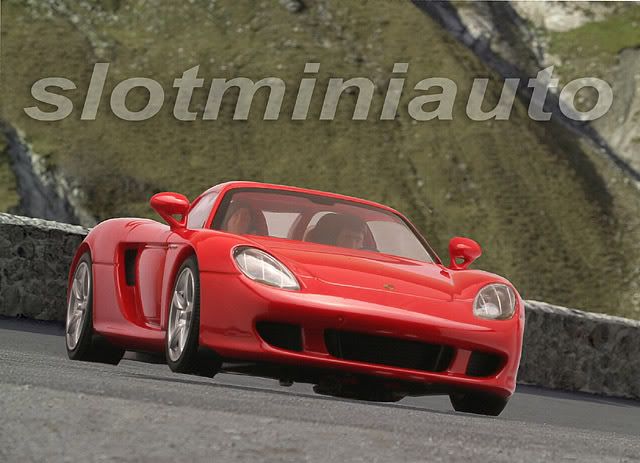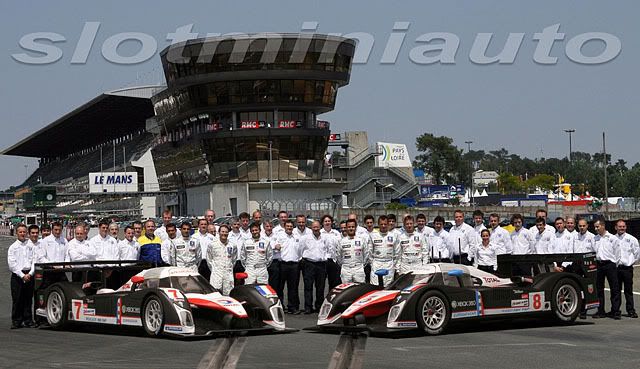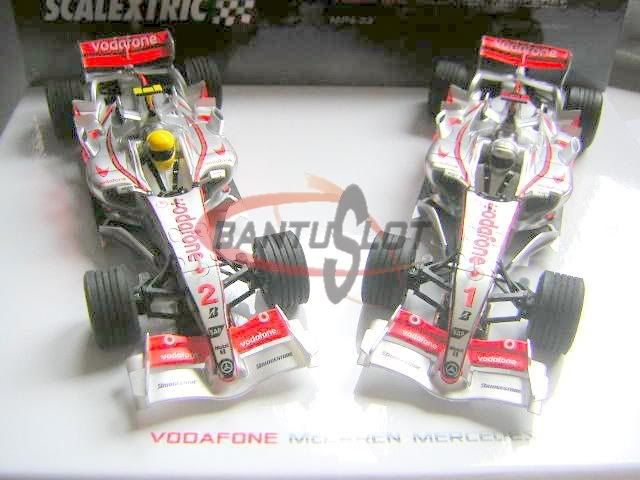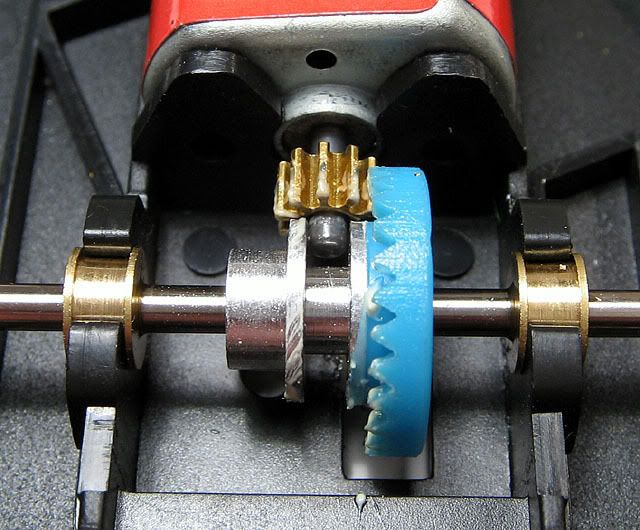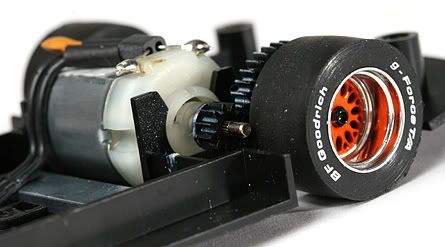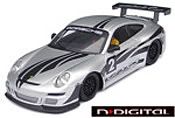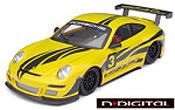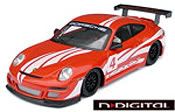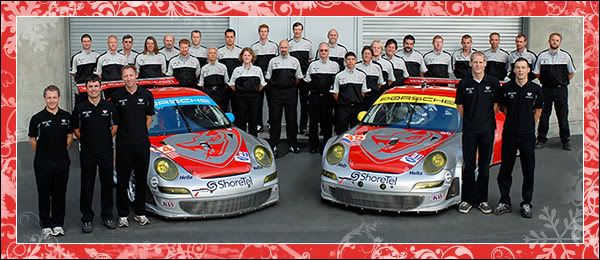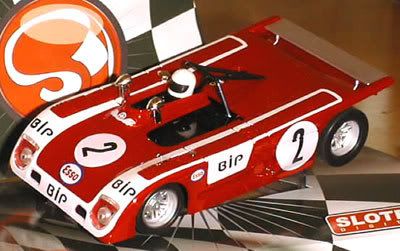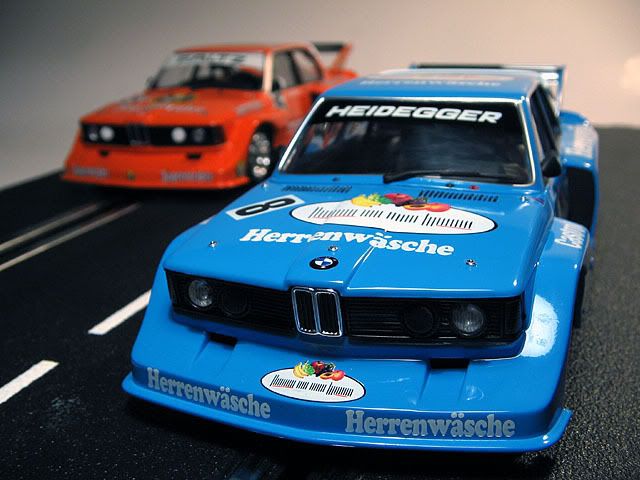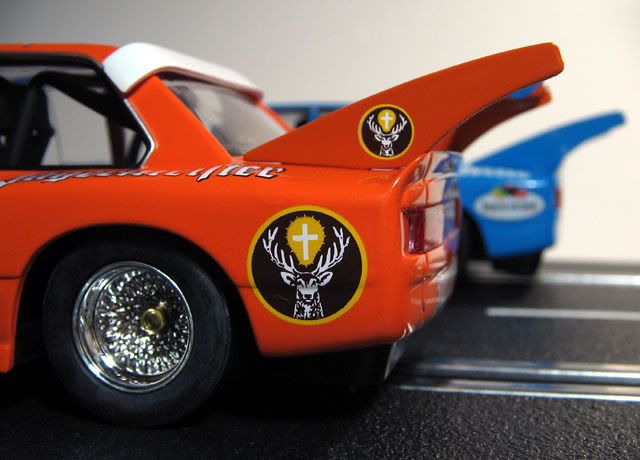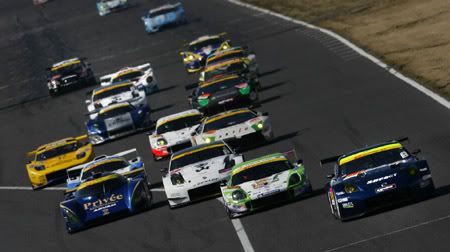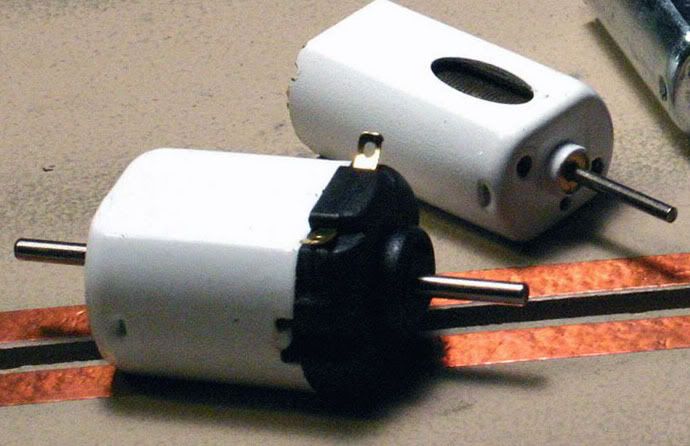 A sort of suprising development is that there are no less than 4 Porsche 911(997)'s and ALL of them so far are the low detail, high impact line...sort of disappointing I'd say.
A sort of suprising development is that there are no less than 4 Porsche 911(997)'s and ALL of them so far are the low detail, high impact line...sort of disappointing I'd say.Another thing that does seem to be appearing to be a reality is that none of the Porsche 997's that are coming out (meaning the releases from both Ninco and Scalextric) are from the Grand Am Series (which can be seen on TV in the US), all are from the Porsche Super Cup Series, which is a racing series that can't even be seen on TV in the US at all as far as I know. And now Scalextric seems to have made a duplicate livery of the one that Ninco already does (see inset photo of the Forum Gelb 997).

C2899 PORSCHE 997 GT3 RS
Feature: Digital ready - allows easy fit of DIGITAL PLUG to transform in to a Digital car in less than 60 seconds. Magnatraction and Easyfit braid plate. SUPER RESISTANT BODY.
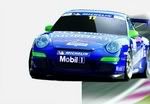
C2900 PORSCHE 997 GT3 RS
Feature: Digital ready - allows easy fit of DIGITAL PLUG to transform in to a Digital car in less than 60 seconds. Magnatraction and Easyfit braid plate. SUPER RESISTANT BODY.
Another eyebrow raising issue is this next puzzling product...

C2906 Porsche RS Spyder
Penske Racing
R. Briscoe
Feature: Digital ready - allows easy fit of DIGITAL PLUG to transform in to a Digital car in less than 60 seconds. Lights front and rear. Magnatraction and Easyfit braid plate.
...exactly which car is this?
From the ALMS website:
Ryan Briscoe
Birthdate:September 24, 1981
Birthplace:Sydney, AU
Residence:Cornelius, NC US
Team(Class):PENSKE MOTORSPORTS,Porsche RS Spyder(LMP2)
2007: At Sebring, made Series debut with Penske Motorsports in Porsche RS Spyder with fellow factory pilots Sascha Maassen/Emmanuel Collard.
2006: Did not compete in Series.
Ryan Briscoe didn't race the car shown in this photo (which was the only year that the car shown was raced)! That leaves a retool for Scalex, or a fantasy livery for us, odd for a company that gets it right so often.
But will Scalextric score a hit with? Well really there are tons of really great things to see like the "BBC Top Gear ‘Powerlaps’-The new BBC Top Gear Scalextric range is launched in 2008, beginning with the arrival of Powerlaps at the start of next year. Have you got what it takes to step into the shoes of the ‘Stig’ and handle the Gambon Corner?"
It's a great idea for Scalextric partner with this amazing TV show (which is on every Monday night on BBC America is should be required watching for any car guy with digital cable.
And this quartet of cars should be a hit...

C2892 CHEVROLET IMPALA
NASCAR CAR OF TOMORROW
No.25 NATIONAL GUARD/GMAC
Features: Digital ready car accepts DIGITAL PLUG for quick conversion to Digital system.
Magnatraction, easyfit braid plate.

C2893 CHEVROLET IMPALA
NASCAR CAR OF TOMORROW
No.24 DUPONT
Features: Digital ready car accepts DIGITAL PLUG for quick conversion to Digital system.
Magnatraction, easyfit braid plate.

C2894 CHEVROLET IMPALA
NASCAR CAR OF TOMORROW
No.48 LOWES
Features: Digital ready car accepts DIGITAL PLUG for quick conversion to Digital system.
Magnatraction, easyfit braid plate.

C2895 CHEVROLET IMPALA
NASCAR CAR OF TOMORROW
No.88 AMP
Features: Digital ready car accepts DIGITAL PLUG for quick conversion to Digital system.
Magnatraction, easyfit braid plate.
BTW, I just wanted to mention all photos here have been used from the Scalextric.com site.


